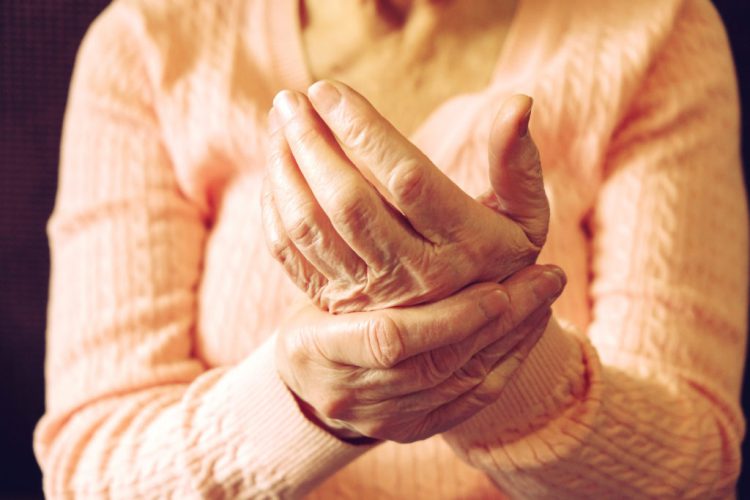
Osteoarthritis

Osteoarthritis is a condition that affects nearly 70 million people in the United States. It is the result of several factors:
- Erosion
- Excess weight (obesity, alignment disorder)
- Repetitive movements (work, sports)
- Genetics
- Ligamentous laxity (joint hypermobility) – ligament weakness
Osteoarthritis is a degeneration of the joint, which can sometimes develop with age. More specifically, it attacks the cartilage. Cartilage is a tissue that covers the bone at the joints. It is rigid, flexible and elastic and allows surfaces to be in contact in a balanced manner and enables a better absorption of impacts.
Osteoarthritis involves two phases
1st phase: a lesion at the level of the cartilage;
2nd phase: the progressive and complete loss of the cartilage which produces inflammation due to bones rubbing together at the level of the joint.
In these cases, it is possible to feel joint stiffness. Cartilage is thus aneural. The pain comes from the structures around the joint. The pain often increases with activity (walking, stairs, running) and is reduced with rest. It is not uncommon to feel pain at night and stiffness in the morning or after a long stationary period. It is also common to observe a decrease in the joint’s mobility resulting from the formation of osteophytes (bony excrescences), muscle and tendon contracture in addition to muscle spasms around the joint.
The flexed position relieves pain because it decreases the pressure on the joint, so it is not unusual to see contractures in flexion. Furthermore, crackling can be heard because of the irregularity of the articular surface.
The joints most often affected
The joints most often affected are the weight-bearing joints (those which must bear a greater load). It is therefore not surprising to frequently see osteoarthritis at the hips, knees and vertebral column. Medication is available for pain control, but not for rebuilding the affected cartilage.
Can my physiotherapist do something about it?
In physiotherapy, we cannot reduce osteoarthritis, but we can control its progress and make it functional. Therefore, your physiotherapist can work on the muscle and joint contractures which are caused by the pain and inflammation. He or she will also guide you on the exercises you should do and not do. Stretching is important because it allows you to keep a certain mobility and flexibility. Strengthening the muscles around the joint is essential because it allows you to reduce the load on the joint in the long term. Moreover, it is preferable to favor milder exercises such as swimming and cycling.


